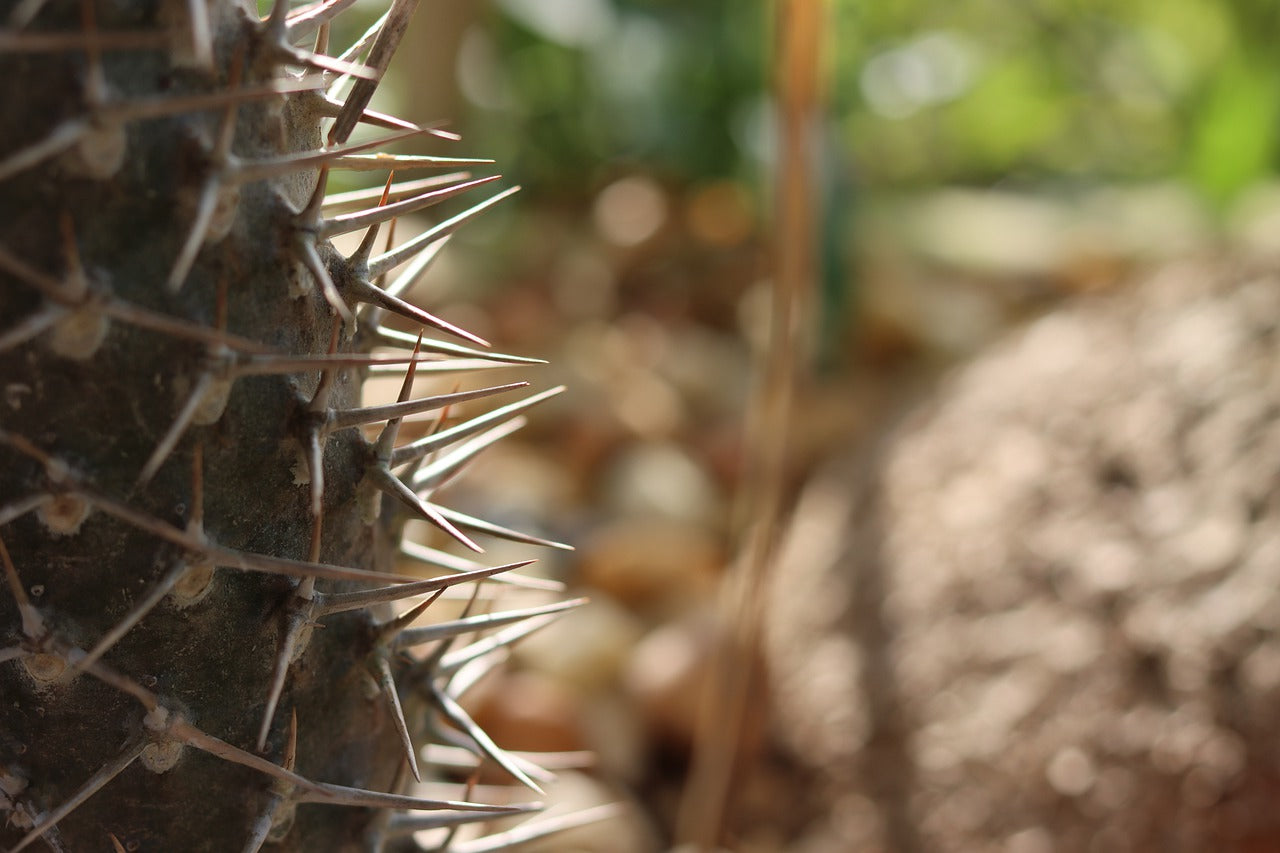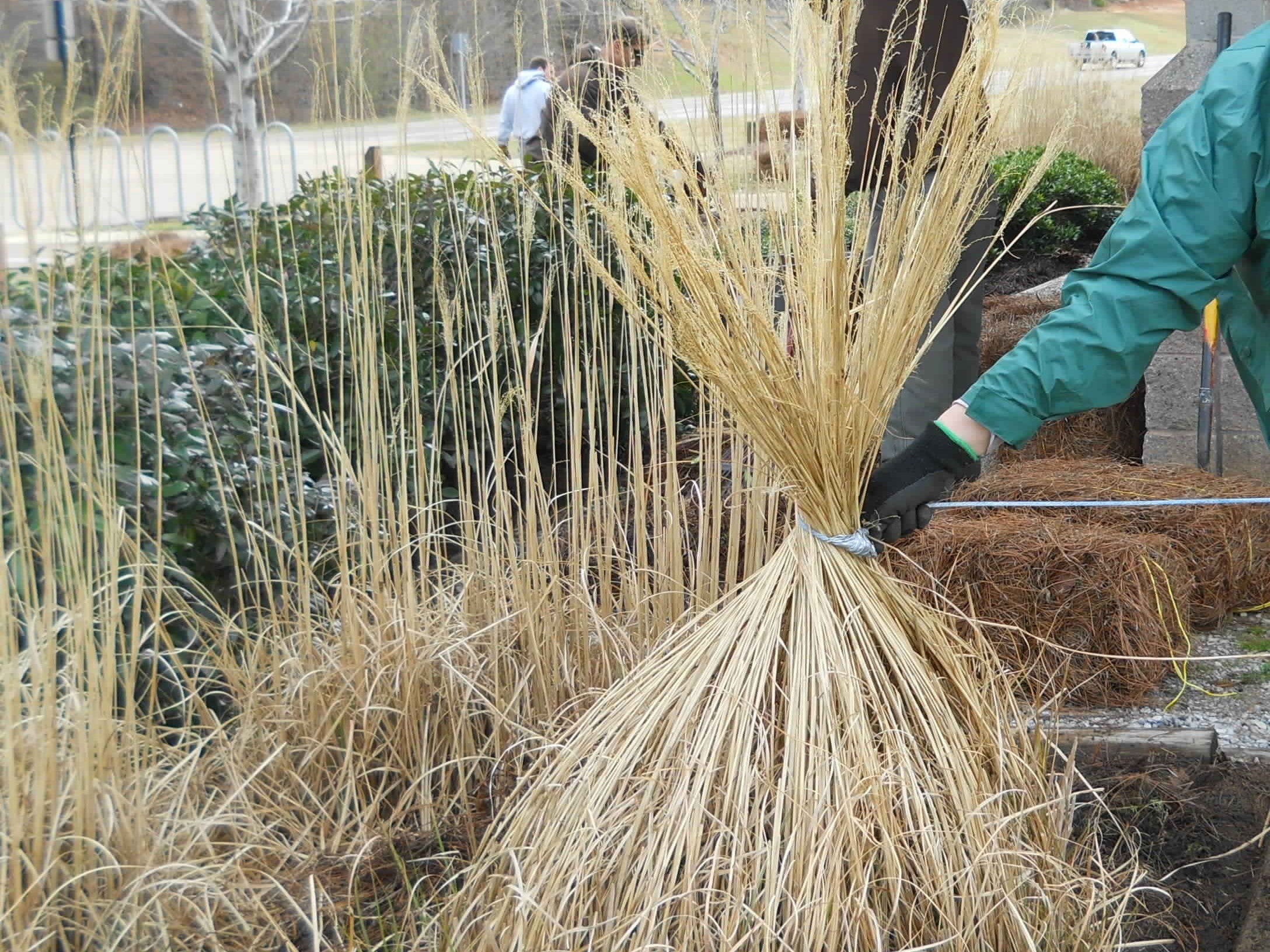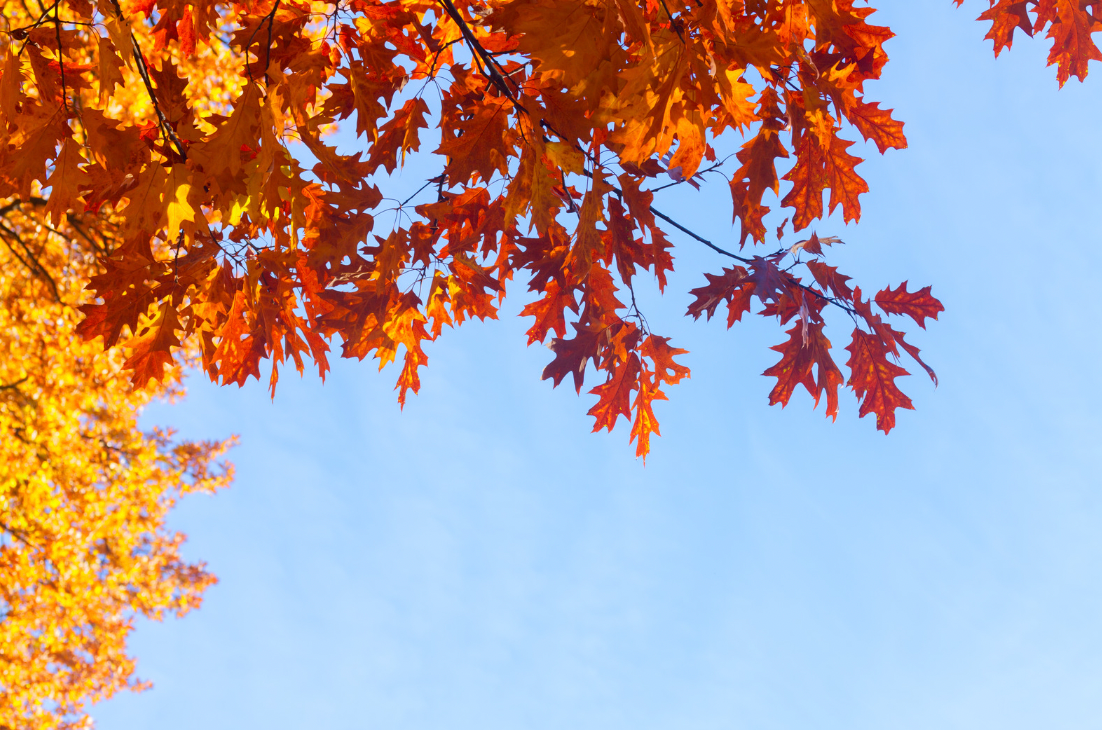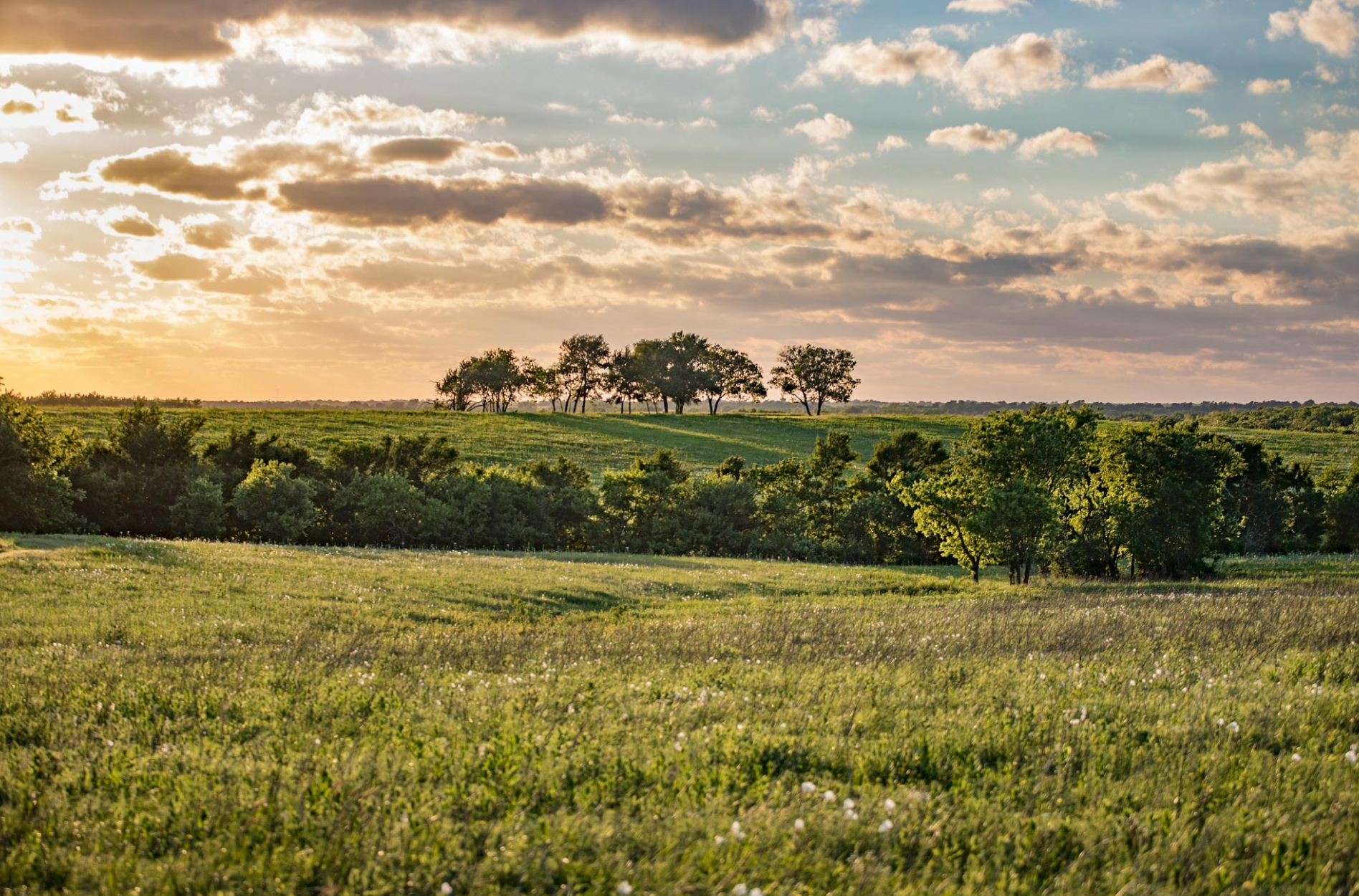What is a Xeriscape anyways?

"Xeriscaping is the process of landscaping, or gardening, that reduces or eliminates the need for irrigation. It is promoted in regions that do not have accessible, plentiful, or reliable supplies of fresh water and is gaining acceptance in other regions as access to irrigation water is becoming limited, though it is not limited to such climates. Xeriscaping may be an alternative to various types of traditional gardening. In some areas, terms such as water-conserving landscaping, drought-tolerant landscaping, and smart scaping are used instead. The use of plants whose natural requirements are appropriate to the local climate is emphasized, and care is taken to avoid losing water to evaporation and runoff." - Wikipedia
Contrary to popular belief, you can have flowers in a xeriscaped garden. The Latin prefix, "xeric"just means adapted to dry conditions. It doesn't mean "stone debris field" or "House of 1000 Agaves".

What grows natively in the Dallas / Fort Worth region tends to also be adapted to the seasonal dry spells once established. Although this includes some succulent type plants, most of our native plants, have deep fibrous roots to adapt to the heat and drought conditions that persist through our summers, once they become established.

This mysterious "established" period can be about 3 months, with strategic neglect. The panic period after transplanting is about 2 weeks depending on what the temperatures outside. This means you still have to water, but a lot less than you would if you were trying to maintain a thirsty lawn in 100'F+ DWF summer.
One of our favorite combinations in full to part sun is:



Winecups (Callirhoe involucrata), Prairie Beardtongue (Penstemon cobaea) and Fall Asters (Symphyotrichum oblongifolium).
The Winecups start the color show off in Mid-March with a punchy yet delicate two inch blossom of magent. They continue weaving between plants until the Prairie Beadtongue sends up its fluffy white flower towers to shin height or higher. Airy seed heads from the Penstemon, will form once blooms get pollinated. Although the seed heads take all summer to develop, this still provides a texture through the HOT summer, until the Fall Asters start their show.
Add some Little Bluestem (Schizachyrium scoparium) into this combination for a winter structure, and future playground for skipper butterflies.
Could you imagine how many fluttering pollinators you could invite into your yard if you replaced that lame do-nothing green space? You'll be surprised how many flowers there are when you use appropriate plants in your spaces--and how low your summer water bill can be.





